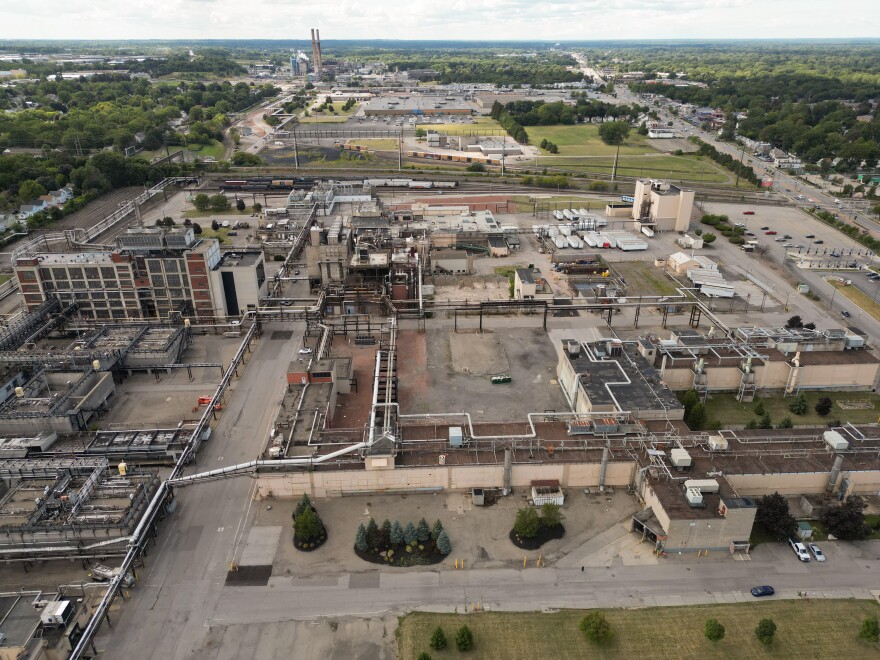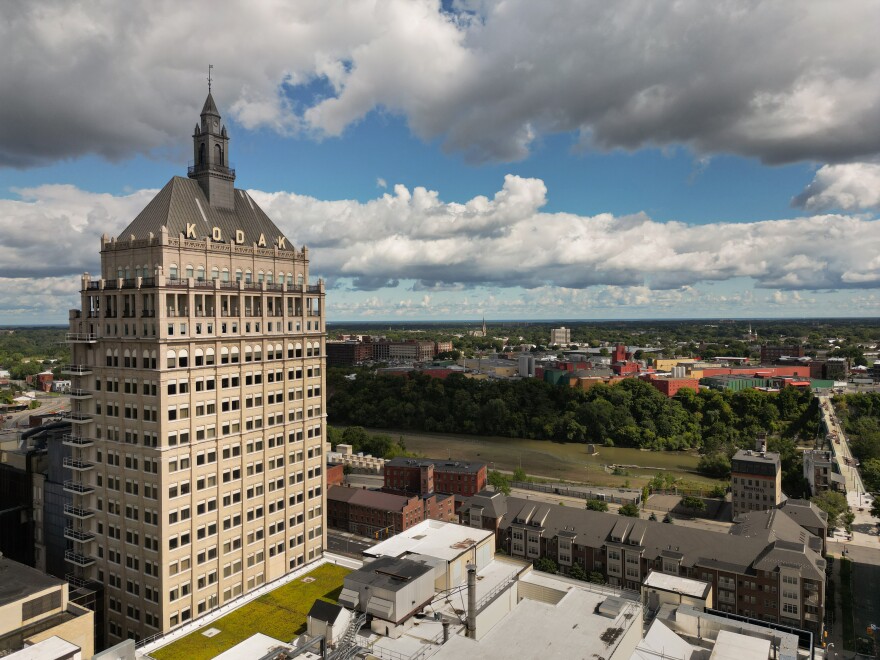Eastman Kodak stock tumbled after alarming reports last month that the company was on the brink of collapse.
Those reports were overblown. While the company has long-term financial questions to answer, its near-term risk is more a result of strict accounting rules than reality. More on that later.
“We continue to execute on our long-term plan despite all the uncertainty happening in the business environment around the world,” Kodak CEO and executive chairman Jim Continenza said during the earnings call at the time.
Tucked into that call was a brief hat-tip to Grand Oaks Capital, which had just exchanged its $100 million investment made years earlier for common stock, representing just more than 15% of the company’s outstanding shares.
Grand Oaks is an investment firm established and controlled by Tom Golisano, the Irondequoit native, Paychex founder, and now Kodak’s largest shareholder — by a lot.
So is Rochester’s current day philanthropist stepping in to preserve the legacy company of the city's benefactor from a bygone era? Not really.

“He's not a white knight like swooping in after the bad earnings,” said Daniel Burnside, a clinical professor in finance teaching primarily investment theory and applications at the University of Rochester’s Simon Business School. “I mean, he loaned the money several years ago in a highly publicized, you know, partnership.”
When Golisano invested in Kodak back in 2021, he got a seat on the board and offered the following statement:
“Grand Oaks Capital is excited about the long-term future of Kodak. We are very confident in the company’s leadership, vision and new growth opportunities and are proud to be investing in a global company headquartered in Rochester, New York.”
Golisano has since stepped down from the board, and he declined comment for this story. But in closing out what effectively was a loan, converting it to common stock, it “improves (Kodak’s) balance sheet, because they don’t owe anybody any money,” Burnside said. “But probably more importantly for other stockholders is that it’s a pretty good signal.”
With the conversion, Golisano gives up priority should there be a bankruptcy, but is now able to realize greater gains if the stock price rises.
“So he doesn't think the company's going to go out of business in the next 12 months,” Burnside said. “I mean, he could be wrong. I'm not saying he's clairvoyant. ... But I've been looking at the headlines, and I haven't seen his name come up.”
One of Kodak’s key growth areas is a new $30 million pharmaceutical manufacturing facility at Eastman Business Park, which recently was registered and certified by the FDA, and is expected to open later this year.

“This initiative is an extension of our current business in unregulated pharmaceutical key starting material known as KSM. The facility will begin operation manufacturing phosphate buffered saline, known as PBF, for laboratory use and create a bridge to manufacturing more sophisticated products and ultimately injectables such as IV saline,” Continenza said.
The near-term risks is a matter of lots of moving parts, including Golisano and Grand Oaks. But missing from the balance sheet is the $500 million Kodak expects to realize as a return, having overinvested in its pension fund, which it is now handing off to an insurance company. Like telling the bank you are coming into an inheritance, though, Kodak can’t report money it doesn’t yet have. So instead it had, in accordance with federal regulations and accounting rules, it there was a going concern and "substantial doubt" it could pay its bills.
After the flurry of dire reports, Kodak issued a statement through a spokesperson that the company is “confident” about meeting its financial obligations. And that, after the pension deal is finalized, “Kodak will be virtually net debt free and will have a stronger balance sheet than we have had in years.”



